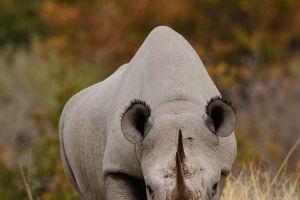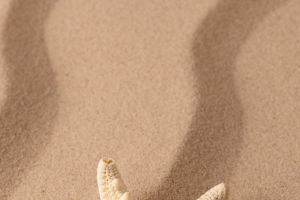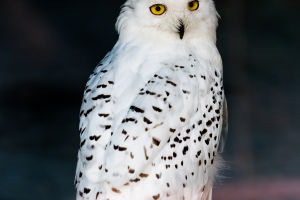Woodpeckers are the builders of the bird world. While other species use grass and twigs to build their nests, woodpeckers peck directly at the thickest trees, burrowing holes in the trunks for their nests, finding trunk-eating prey, and releasing trunk sap. But these birds neither need hard hats to protect their heads from severe blows, nor goggles to prevent sawdust from falling into their eyes. They have their own pretty cool ways to avoid head damage and blindness.
A woodpecker, literally, its life is to peck hard. Like a man who repeatedly bangs his head against a tree, woodpeckers can strike a tree trunk 100 times per minute, at speeds of up to 24 kilometers per hour (15 miles per hour). A person may be admitted to the hospital if they hit it once, while the woodpecker bangs it repeatedly, averaging 12,000 times a day, but can live for more than ten years unscathed.
The deceleration force caused by such repeated impacts can reach an astonishing 1000G, which can put enormous pressure on the necks, bones and faces of these birds. So scientists have wondered how woodpeckers protect their heads from injury. It's not just because they have a strong skull. So far, researchers have identified three distinct factors—strong neck muscles, a flexible spine and a tongue that wraps around the skull—that allow woodpeckers to resist constant pounding on the head.
Scientists at the Hong Kong Polytechnic University observed slow-motion of woodpeckers, assessed their skulls, and ran computer simulations to see exactly what happens when woodpeckers gouge trees. A supportive bone, called the hyoid, wraps around the skull and acts like a seatbelt to protect the brain from injury, while the inconsistent length of the upper and lower beaks also eases force transmission. In the end, certain bones in the skull have spongy, plate-like structures that disperse incoming forces and reduce pressure that may be acting on the brain. In conclusion, despite the peculiar lifestyle of woodpeckers, the head and neck work together to keep them looking their best.
Woodpeckers have extraordinary physical flexibility and tree-climbing abilities. Woodpeckers have sharp spikes on their tails that can be inserted into tree trunks, making them especially suitable for living on tree trunks. Woodpeckers use their unique claws to hold onto tree trunks, and their tails serve as a third leg, or "cradle," to keep them steady.
When the woodpecker is forcefully nailed to a tree in search of insects or to carve out a new nest, it can rely on its sharp tail to create a tripod that acts as a lever for stability. The spikes, combined with those special claws, allow the woodpecker to grip a tree trunk or climb quickly and easily. That way, no matter how awkward its position, or how violently it burrows through the tree, the woodpecker won't fall off the tree. The woodpecker's tail is especially noticeable when it is fanned out, with many sharp horns at the end, as opposed to the broad plumage deep in the tail.
Although birds can spread their wings and fly, they have difficulty jumping nimbly between trees. Orioles' unequal toes (the first toe sticks back and the other three stick forward) help them walk, wade, swim, or perch on branches. Especially when the orioles are perched, the toes can hold them tightly to the branches, so that they will not fall even when they are asleep.
Although woodpeckers have different toes than orioles, they also prevent them from falling from trees. Unlike the oriole, the woodpecker has a pair of toes—two toes pointed forward and two backwards, like a mirror. The spiked tail is another weapon used to keep the woodpecker from falling when the woodpecker grabs the tree trunk with its sharp claws to leap upwards. When the woodpecker uses its powerful beak to dig holes in the trunk, the two backward toes and the spiky tail are excellent for securing it to the tree.


